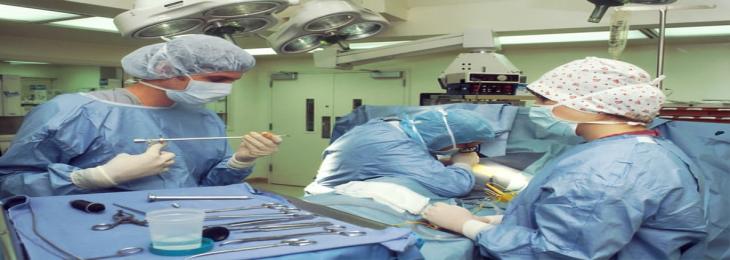
With the use of ultrasound pulses to invade the blood-brain barrier could let tumor biomarkers out in the bloodstream, becoming detectable through a normal blood test.
The genomic characterization of brain cancer can be done with surgical biopsies as they provide direct access to tissues. However, these procedures are invasive and pose great clinical risks. Now a group of scientists from Washington University in St. Louis developed a non-invasive method of diagnosis of brain cancer that could one day replace the invasive tissue biopsy method with just a blood test.
The blood-brain barrier (BBB) is an important walls of border lining blood vessels in the central nervous system and the brain that keeps pathogens out of such delicate places, which also makes the diagnoses or treatment of neurodegenerative diseases, and cancer difficult. This new study used ultrasonic pulses to open the blood-brain barrier. The researchers injected microbubbles into the bloodstream and then directed ultrasonic pulses towards the brain. These microbubbles start pulsating when they get stuck by the waves. This process opens the BBB for short time during which, glioblastoma biomarkers escape into the blood, which allows the diagnosis of cancer through a blood test. The scientists call this method sonobiosy, which is extremely less invasive compared to the traditional biopsy.
When the researchers tested this method in pigs and mice, it was found that sonobiopsy was able to detect biomarkers at much higher levels. The scientists targeted two highly expressed genes in globlastoma, TERT C228T and EGFRvIII. The amount of circulating tumor EGFRvIII DNA was 920 times higher in mice after sonobiopsy than the mice treated without ultrasound. According to the team, this new method, sonobiopsy someday could be used for diagnosing brain tumors, monitoring the process of their treatment. However, this method requires further more work to apply it to humans.






